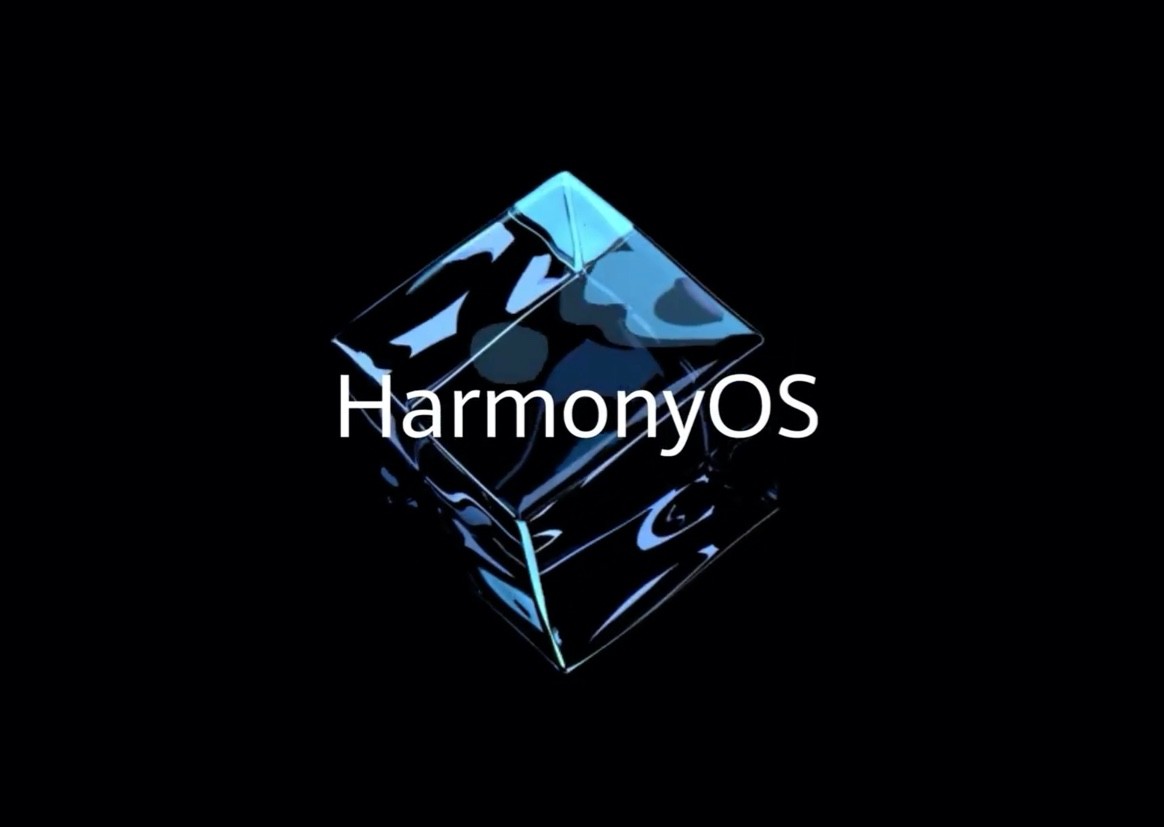
At a new innovation center in the southern Chinese city of Shenzhen, a drone, a bipedal robot, an automated cash register and other devices demonstrate China’s vision for the future of software — a future based on Huawei’s operating system.
The group is housed at the Harmony Ecosystem Innovation Center, set up by the government to encourage authorities, companies and device makers to develop software for OpenHarmony, an operating system Huawei launched five years ago when the United States banned it from using Google Android on its devices.
It appears that US sanctions have encouraged Beijing to push for local solutions.
President Xi Jinping told the Communist Party’s Politburo last year that China must take on the difficult task of developing domestic technologies and operating systems “as quickly as possible” as the United States increasingly restricts the export of advanced chips to the Asian giant.
OpenHarmony is now widely promoted as the “national operating system,” amid concerns that other Chinese companies could also lose access to the Windows and Android operating systems on which their products depend.
“This strategic move is likely to erode the share of Western operating systems such as Android and Windows in the Chinese market as local products increase,” he added. Reuters Sunny Cheung of the American Jamestown Research Foundation.
Devices using Huawei software are displayed at the Harmony Ecosystem Innovation Center in Shenzhen (Reuters)
Second place after Android
In the first quarter of 2014, HarmonyOS, Huawei’s self-developed version of OpenHarmony, overtook Apple’s iOS as the second most popular mobile operating system after Android, research firm Counterpoint said.
Harmony has not been released outside of China yet.
Huawei developed HarmonyOS but no longer has control over OpenHarmony, having given the software’s source code to the non-profit OpenAtom Foundation.
However, in government documents, HarmonyOS is synonymous with OpenHarmony, a sign that the government’s strategy is on the company’s side.
Huawei unveiled Harmony in August 2019, three months after the United States imposed sanctions on it, arguing that Beijing could use its devices for spying, a charge the company denies.
Since then, China has stepped up efforts to distance itself from foreign technologies, for example, promoting the Chinese code repository Gitee instead of Microsoft’s Github.
Windows has been banned since 2014 in Chinese government services, most of which now run Linux.
But for Microsoft, the loss is not significant, as China accounts for only 1.5% of its revenue, the company said last month.
Open source
Harmony was originally developed based on Android, but this year Huawei launched a new version of HarmonyOS that no longer supports Android apps.
The company continues to support the open source model, which lowers costs for consumers and businesses and is likely to encourage greater adoption of Harmony.
Huawei said last month that more than 900 million devices, including smartphones, smart watches and cars, already use HarmonyOS, for which 2.4 million developers and companies are developing software.
Last year, OpenHarmony was the fastest-growing operating system for smart devices, with more than 70 companies using it in 460 devices and software products, Huawei said in its annual report.

“Avid problem solver. Extreme social media junkie. Beer buff. Coffee guru. Internet geek. Travel ninja.”





More Stories
In Greece Porsche 911 50th Anniversary – How much does it cost?
PS Plus: With a free Harry Potter game, the new season begins on the service
Sony set to unveil PS5 Pro before holiday season – Playstation